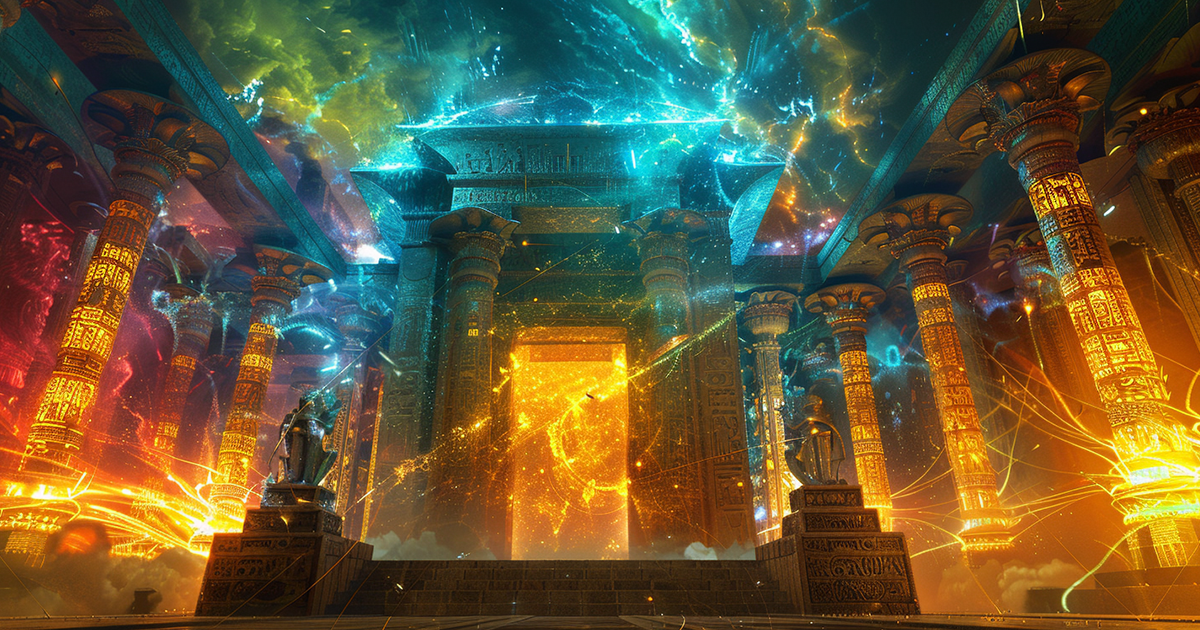Journeying deep into the sacred confines of Egypt’s Dendera’s Hathor Temple reveals an intriguing relief dubbed the Dendera Light. This complex carving unveils a bulb-shaped entity linked to a power source by dual serpents, sparking discussions on advanced lighting techniques or the possible use of electricity by the ancient Egyptians. Let’s delve into the historical context and symbolic significance surrounding the perplexing Dendera Light, exploring the diverse interpretations of this enigmatic artifact.
Unearthed on the Hathor Temple’s ceiling in the late 19th century, the Dendera Light relief has fascinated archaeologists and Egyptologists with its mysterious depiction. Engraved on the sandstone ceiling, the relief exhibits a central bulb surrounded by lotus blossoms, as two serpents descend from the bulb towards what seems to be a power source or electrical generator.
One theory regarding the Dendera Light relief suggests it could symbolize the use of advanced lighting methods or electricity by the ancient Egyptians. Advocates of this idea highlight the bulb-like structure as evidence of an early electric lamp or torch, interpreting the serpents as pathways for transmitting electrical power. This interpretation aligns with ancient Egyptian texts and artworks portraying serpents as symbols of energy and vitality.

Furthermore, some scholars suggest that the Dendera Light relief might represent the idea of divine enlightenment or illumination within ancient Egyptian beliefs. Hathor, the temple’s associated deity, often appeared with solar and celestial attributes, symbolizing light, wisdom, and cosmic balance. Hence, including a light source in the temple could have symbolized spiritual enlightenment or the divine presence of the goddess.
However, critics present alternative views on the Dendera Light relief, advising caution against assigning excessive significance to its portrayal. They contend that the relief could be purely symbolic or ornamental, rather than indicative of actual technological advancements. Moreover, with no solid evidence of ancient Egyptian usage of electricity or sophisticated lighting methods, the true meaning of the relief remains speculative.
Another perspective on the Dendera Light relief suggests it could depict a ceremonial or ritualistic object rather than a functional lighting device. In ancient Egyptian religious ceremonies, symbolic objects and imagery often aimed to evoke specific ideas or invoke divine blessings. Therefore, the Dendera Light relief might have been crafted as a symbol of the eternal light of the sun or the divine radiance of Hathor, rather than a practical light source.
In summary, the mysterious Dendera Light relief endures as a captivating puzzle that intrigues and perplexes scholars and enthusiasts alike. Whether viewed as evidence of ancient Egyptian technological achievements, a symbolic representation of divine light, or simply an artistic expression, the relief stands as a testament to the intricacies of ancient societies and the everlasting pursuit of knowledge and enlightenment.
